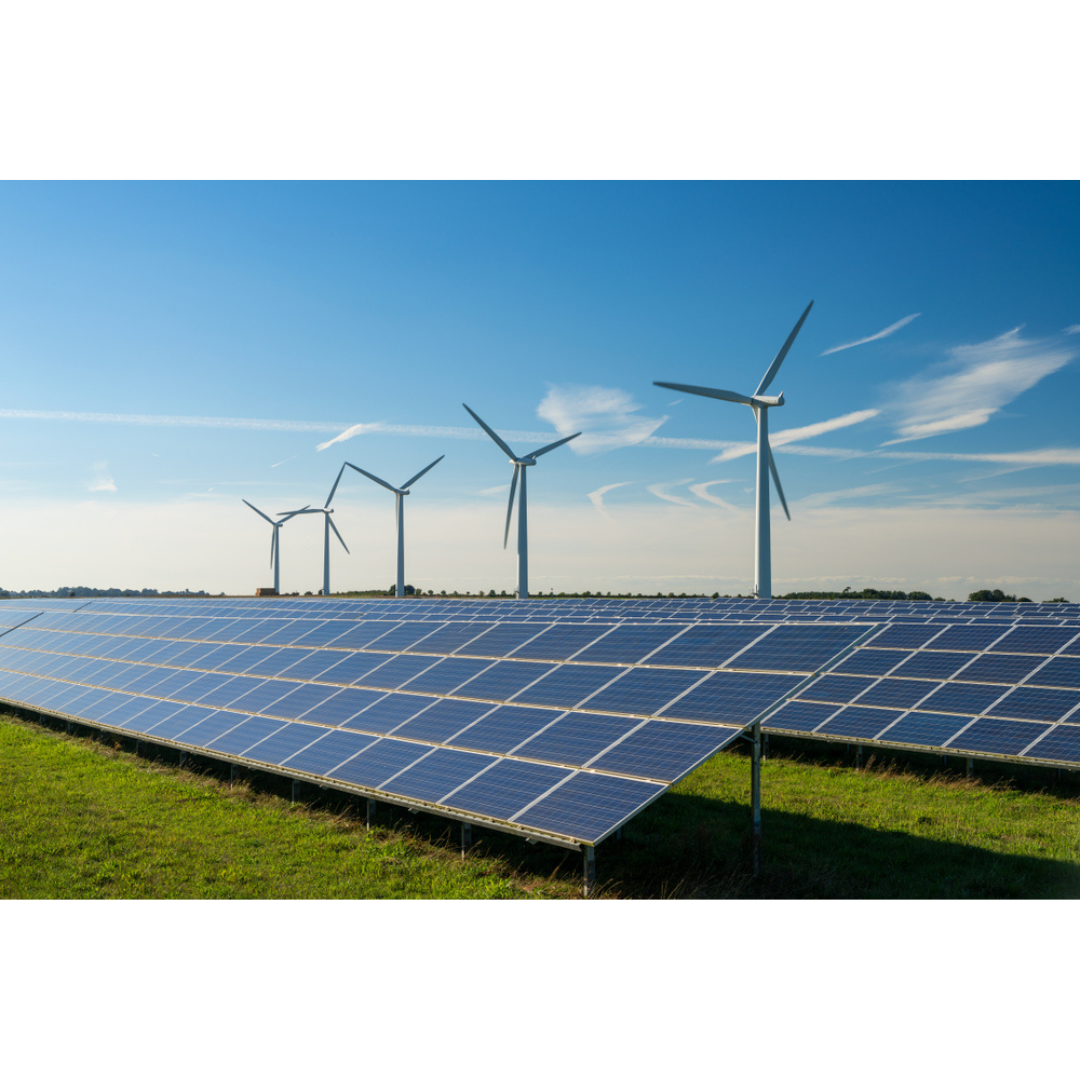
PetroSkills expands under The Competency Alliance to Bridge the Learning and Development Gap Between Petroleum and the Energy Transition
August 9, 2023
|
PetroSkills News
The energy industry is facing major challenges, such as the need for clean energy, new business models, emerging technologies, and the reallocation of oil and gas professionals to low carbon or renewable energy. These challenges are driving the requirement for new skills and competencies. To better serve the industry and its customers, PetroSkills ...
View Article

Hydrogen Series Part 1: Hydrogen Colors – What do they mean, Options for Production and their associated Challenges?
February 15, 2023
|
Tip of the Month
Low or no carbon hydrogen production, distribution and consumption is thought to be one of the primary solutions to reaching net zero for heavy industry, possibly power generation, residential use for heating and cooking, as well as transportation. Hydrogen has a high heating value, and the combustion reaction does not produce CO2. According to H...
View Article

The Realities of Big Wind and Solar and the Need for Responsibly Produced Hydrocarbons – Part 1 Why Energy Density Matters
September 1, 2022
|
Tip of the Month
The U.S. recently passed the Inflation Reduction Act (IRA) of 2022 which “doubles down” on environmental justice and renewable energy [1]. The newly created Clean Electricity Investment Tax Credit (CEITC) is available for any investment in qualified electric generators and storage facilities that are placed in service after December 31, 2024, that...
View Article

Clean Energy Needs an “All of the Above” Approach to Ensure Availability and Reliability
October 4, 2021
|
Tip of the Month
This Tip of the Month will discuss energy issues in the U.S, and highlight why there must be an “all of the above” approach to electricity generation technologies to ensure availability and reliability. The type of technology selected should be based upon what the local resources and environment can provide as there is no silver bullet, or one siz...
View Article

US Natural Gas and Renewables - Part 3
February 1, 2020
|
Tip of the Month
This tip of the month focuses on possible options for transportation fuels and how they compare in terms of reliability, cost and carbon footprint.
View Article

US Natural Gas and Renewables - Part 2
January 1, 2020
|
Tip of the Month
This tip of the month explores some of the current options being investigated to provide a clean energy solution in light of the global concerns over climate warming. Learn about viable energy sources other than wind and solar power.
View Article






